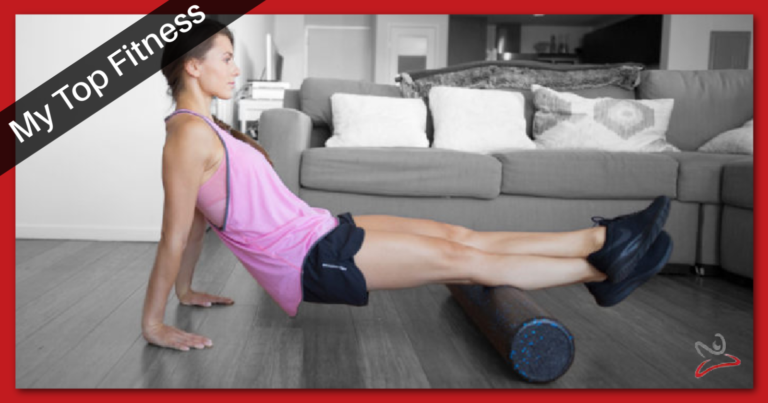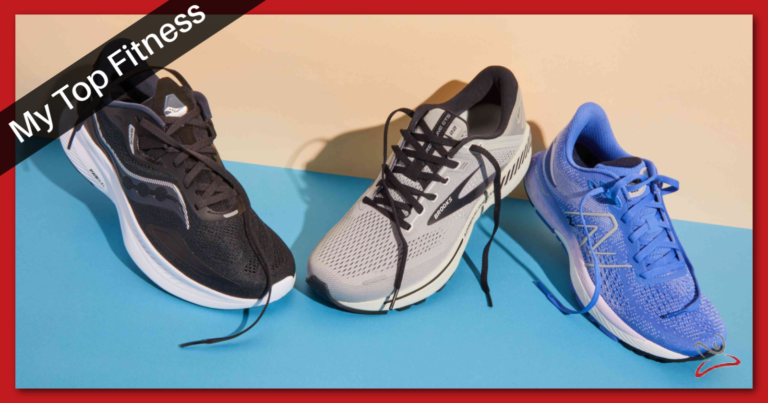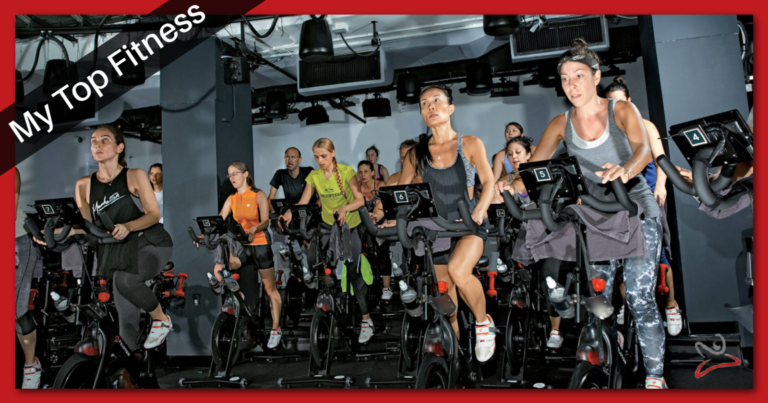How to Use a Weight Belt for Dips: A Clear Guide for Beginners
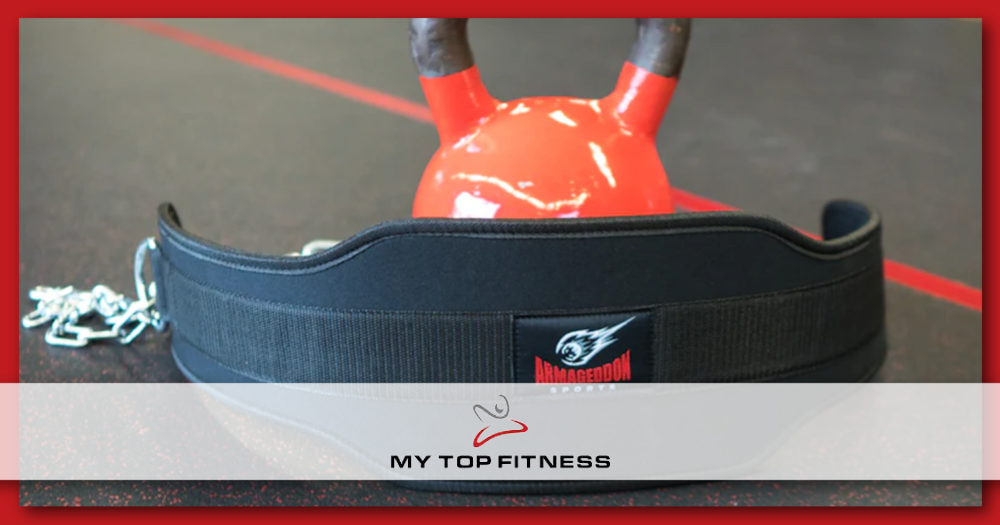
Using a weight belt for dips is a great way to enhance your workout and take your fitness to the next level. A weight belt is a simple and effective tool that can help you increase resistance and build strength in your upper body muscles. Whether you’re a seasoned lifter or just starting out, a weight belt can be a valuable addition to your gym routine.
To get the most out of your weight belt, it’s important to understand the basics of how it works and how to choose the right one for your needs. There are different types of weight belts available, including fabric and leather dip belts, each with their own benefits and drawbacks. Once you’ve selected the right belt, you’ll need to learn how to use it properly to avoid injury and get the most out of your workout.
Key Takeaways
- Using a weight belt for dips can help you increase resistance and build strength in your upper body muscles.
- It’s important to choose the right type of weight belt for your needs and learn how to use it properly to avoid injury.
- With the right knowledge and precautions, a weight belt can be a valuable addition to your gym routine.
Understanding the Basics of a Weight Belt
If you’re looking to add some extra resistance to your dips, a weight belt is a great option. But before you start using one, it’s important to understand the basics of a weight belt.
What is a Dip Belt?
A dip belt is a type of weightlifting belt designed specifically for dips and pull-ups. It’s worn around the waist and allows you to attach weights to it, increasing the resistance of your exercises.
Dip belts are typically made from either nylon or leather. Nylon belts are usually more affordable and lightweight, while leather belts are more durable and provide better support. Some dip belts are also made from fabric, which can be a good option if you’re looking for a one-size-fits-all option.
Types of Dip Belts
There are two main types of dip belts: leather dip belts and fabric dip belts.
Leather dip belts are made from high-quality leather and are designed to provide maximum support and durability. They’re often adjustable, allowing you to customize the fit to your body.
Fabric dip belts, on the other hand, are made from a durable fabric material and are often one size fits all. They’re a great option if you’re looking for a more affordable dip belt or if you’re just starting out with weighted dips.
When choosing a dip belt, it’s important to consider the type of exercises you’ll be doing and the amount of weight you’ll be adding. A leather dip belt is a good option if you’re lifting heavy weights and need maximum support, while a fabric dip belt may be a better choice if you’re just starting out or looking for a more affordable option.
Overall, a dip belt is a great tool for adding resistance to your dips and pull-ups. By understanding the basics of a weight belt and choosing the right type for your needs, you can take your workouts to the next level and achieve your fitness goals.
Choosing the Right Weight Belt for Dips
When it comes to choosing a dip belt, there are a few things to consider to ensure you get the right one for your needs. Here are some factors to keep in mind:
Material Considerations
Dip belts come in a variety of materials, including leather, nylon, neoprene, and fabric. Each material has its own advantages and disadvantages.
- Leather dip belts are durable and can handle heavy weights, but may not be as comfortable as other materials.
- Nylon and neoprene dip belts are lightweight and comfortable, but may not be as durable as leather.
- Fabric dip belts are flexible and conform to your body, making them a good choice for beginners or those who are not lifting heavy weights.
Consider what’s most important to you – comfort, durability, or flexibility – when choosing a material.
Size and Fit
The size and fit of your dip belt is also important. A belt that is too small or too large can be uncomfortable and affect your performance.
Most dip belts come in one size fits all, but some brands offer multiple sizes to choose from. Make sure to measure your waist to ensure you get the right size. Additionally, consider the length of the chain or strap – a longer chain may be necessary if you are taller or have a larger waist.
Weight Capacity
Finally, consider the weight capacity of your dip belt. Most dip belts can handle up to 100-150 pounds, but some can handle even more.
Make sure to choose a dip belt that can handle the weight you plan to lift. Overloading a dip belt can be dangerous and lead to injury.
Overall, choosing the right dip belt comes down to your individual needs and preferences. Consider the material, size and fit, and weight capacity to ensure you get a belt that is comfortable, durable, and safe to use.
How to Use a Weight Belt for Dips
If you want to take your fitness game to the next level, using a weight belt for dips is a great way to add resistance and challenge your muscles. Here’s how to use a weight belt for dips:
Securing the Belt
First, make sure the weight belt is properly secured around your waist. You want it to fit snugly, but not so tight that it restricts your breathing or movement. If your weight belt has a chain, make sure it’s centered on your back and not off to one side.
Adding Weight
Once the belt is secured, it’s time to add weight. You can use weight plates, dumbbells, kettlebells, or any other type of weight that has a hole in the center. Attach the weight to the belt using a carabiner or other type of clip. Start with a weight that feels challenging but manageable, and gradually increase the weight as you get stronger.
Performing the Exercise
With the weight belt securely in place, it’s time to perform the exercise. Start by getting into the proper dip position, with your hands on the bars and your feet off the ground. Make sure your elbows are pointing straight back and your shoulders are down and back.
Slowly lower your body down until your shoulders are below your elbows, keeping your elbows pointed straight back. Pause for a moment, then push yourself back up to the starting position. Make sure you’re using good form and proper movement mechanics throughout the exercise.
Perform the desired number of reps and sets, making sure to use good form and not sacrifice technique for additional reps. Gradually increase the weight as you get stronger, but always prioritize good form and good technique over adding more weight.
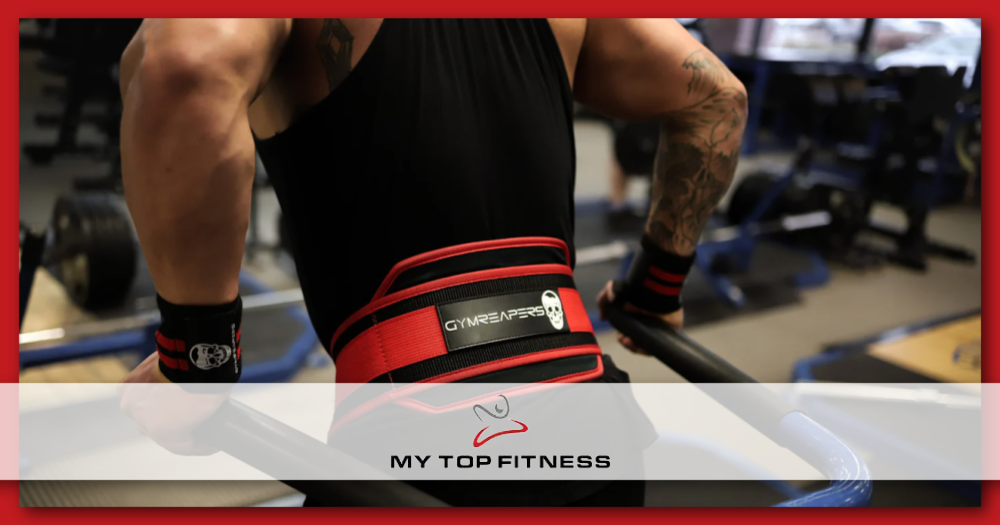
Using a Weight Belt for Other Exercises
If you have a weight belt, you can use it for more than just dips. Here are a few other exercises where a weight belt can be useful:
Pull-Ups and Chin-Ups
A weight belt can add extra resistance to your pull-ups and chin-ups, making them more challenging and helping you build more strength. To use a weight belt for pull-ups or chin-ups, simply attach the weight belt to a weight plate or kettlebell, and then attach the weight to the belt. Make sure the weight is secure before you start your sets.
Squats and Belt Squats
A weight belt can also be useful for squats and belt squats. When you wear a weight belt during squats, it can help you maintain proper form and prevent injury. The added weight can also help you build more strength and muscle. To use a weight belt for squats or belt squats, simply attach the weight belt to a weight plate or kettlebell, and then attach the weight to the belt. Make sure the weight is secure before you start your sets.
Calf Raises
If you want to add extra resistance to your calf raises, a weight belt can be a useful tool. To use a weight belt for calf raises, simply attach the weight belt to a weight plate or kettlebell, and then attach the weight to the belt. Make sure the weight is secure before you start your sets. You can also use dumbbells or kettlebells instead of weight plates if you prefer.
Remember, when you’re using a weight belt for any exercise, it’s important to start with a weight that’s appropriate for your fitness level. Don’t try to lift too much weight too soon, as this can lead to injury. Gradually increase the weight as you get stronger and more comfortable with the exercise.
Benefits of Using a Weight Belt for Dips
As we have mentioned, using a weight belt for dips can be a game-changer. Here are some of the benefits you can expect to experience when you incorporate a routine why you may want to invest in a weight belt for dips.
Increased Resistance
One of the most obvious benefits of using a weight belt for dips is that it allows you to add extra resistance to the exercise. This increased resistance can help you to continue making progress and challenging your muscles as you get stronger.
Muscle Activation and Growth
Using a weight belt for dips can also help to increase the activation and growth of your muscles. By providing your muscles with more resistance, you force them to work harder, which can lead to greater muscle activation and growth.
Strength and Performance Gains
As you continue to challenge your muscles with extra resistance, you’ll also start to see improvements in your strength and performance. By pushing your muscles to work harder, you can help to improve your overall upper body strength and performance.
Using a weight belt for dips can be an effective way to increase resistance, activate and grow your muscles, and improve your strength and performance. Incorporating a weight belt into your dip routine can help you to continue making progress and challenging your muscles as you get stronger.
Safety and Precautions When Using a Weight Belt
When using a weight belt for dips, it is important to take certain precautions to ensure that you are using the belt correctly and safely. Here are some tips to help you avoid common mistakes and prevent injuries:
Avoiding Common Mistakes
- Don’t rely too heavily on the weight belt. While a weight belt can provide support and stability during dips, it is important to remember that it is not a substitute for proper form and technique. Make sure that you are performing the exercise correctly and engaging the correct muscles before adding a weight belt to your routine.
- Don’t use a weight belt that is too tight or too loose. A weight belt that is too tight can restrict your breathing and cause unnecessary pressure on your lower back. On the other hand, a weight belt that is too loose can fail to provide the support you need and may even come off during the exercise.
- Don’t use a weight belt if you have an injury or condition that affects your lower back or elbows. If you have a history of lower back or elbow injuries, it may be best to avoid using a weight belt altogether. Consult with a healthcare professional before using a weight belt if you have any concerns.
Preventing Injuries
- Warm up properly before using a weight belt for dips. Dips can be a challenging exercise, and adding a weight belt to the mix can increase the pressure on your joints and muscles. Make sure to warm up thoroughly before using a weight belt to prevent injuries.
- Use proper form and technique. As mentioned earlier, a weight belt is not a substitute for proper form and technique. Make sure that you are engaging the correct muscles and performing the exercise correctly to prevent injuries.
- Start with a lighter weight and gradually increase the weight as you become more comfortable. It can be tempting to go all out with a weight belt, but it is important to start slow and gradually increase the weight as you become more comfortable with the exercise. This will help prevent injuries and ensure that you are using the weight belt safely.
By following these safety and precautionary measures, you can use a weight belt for dips safely and effectively. Remember to always listen to your body and consult with a healthcare professional if you have any concerns or questions.
Maintaining and Caring for Your Dip Belt
To ensure that your dip belt lasts for a long time, it is essential to take proper care of it. Here are some tips to help you maintain and care for your dip belt:
Choose a Durable Material
When buying a dip belt, choose a material that is durable and can withstand regular use. Leather and neoprene are popular materials for dip belts because they are strong and long-lasting. Nylon and fabric dip belts are also available, but they may not be as durable as leather or neoprene.
Clean Your Dip Belt Regularly
Sweat and dirt can accumulate on your dip belt over time, so it’s essential to clean it regularly. You can wipe down your dip belt with a damp cloth or wash it in the washing machine, depending on the material. Be sure to follow the manufacturer’s instructions for cleaning your dip belt to avoid damaging it.
Store Your Dip Belt Properly
When you’re not using your dip belt, store it in a cool, dry place away from direct sunlight. Hanging your dip belt on a hook or hanger is a great way to keep it organized and prevent it from getting tangled or damaged.
Check Buckles and Straps
Regularly check the buckles and straps on your dip belt to ensure they are in good condition. If you notice any signs of wear or tear, replace them immediately to avoid any accidents or injuries during your workout.
Avoid Excessive Weight
While dip belts are designed to handle heavy weights, it’s important to avoid excessive weight to prevent damage to your dip belt. Overloading your dip belt can cause it to stretch or tear, reducing its lifespan.
By following these simple tips, you can maintain and care for your dip belt, ensuring that it lasts for a long time and remains in good condition.
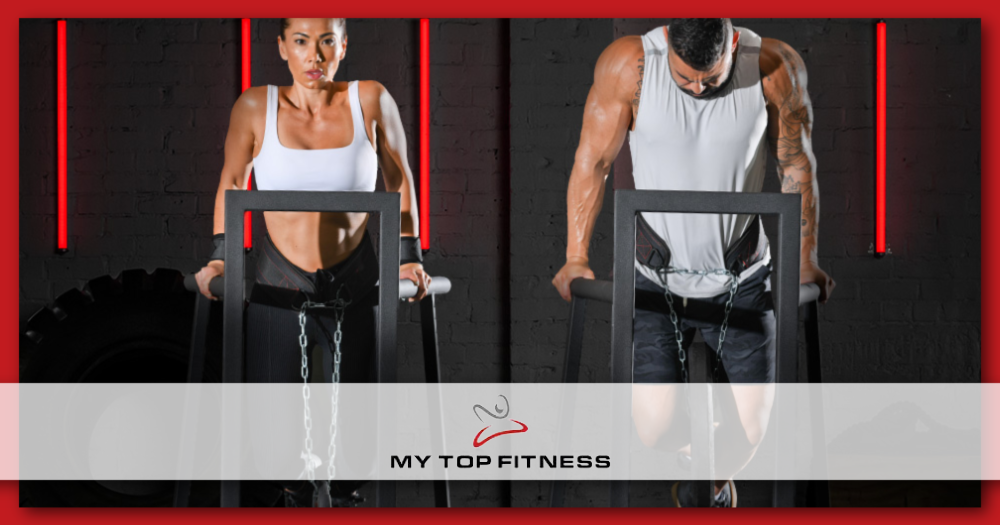
Frequently Asked Questions
How do you properly use a weight belt for dips?
To use a weight belt for dips, simply attach the belt around your waist and add weight to the chain or strap. Make sure the weight is evenly distributed and secure before starting your dips. Keep your core engaged and your body straight throughout the exercise to avoid injury and maximize effectiveness.
What are the benefits of using a weight belt for dips?
Using a weight belt for dips allows you to add weight to the exercise, increasing the resistance and challenging your muscles. This can lead to improved strength and muscle growth in the chest, triceps, and shoulders. Additionally, weighted dips can help improve overall athletic performance and increase bone density.
Can you use a weight belt for other exercises besides dips?
Yes, a weight belt can be used for a variety of exercises, including pull-ups, chin-ups, calf raises, and belt squats. Simply attach the belt and add weight as needed to overload your bodyweight exercises.
What is the difference between a weighted belt and a dip belt?
A weighted belt is typically designed to evenly distribute weight around the waist for exercises such as squats and lunges, while a dip belt is designed to attach weight to the body for exercises such as dips and pull-ups. Dip belts often have a chain or strap that allows for more flexibility in adding weight.
How do you choose the right weight for your dip belt?
The right weight for your dip belt will depend on your strength level and fitness goals. Start with a lighter weight and gradually increase as you become stronger and more comfortable with the exercise. Aim for a weight that challenges you without compromising your form.
What are some common mistakes to avoid when using a weight belt for dips?
Some common mistakes to avoid when using a weight belt for dips include adding too much weight too quickly, rounding your back or shoulders, and using momentum to complete the exercise. Make sure to keep your body straight and engage your core throughout the exercise to avoid injury and maximize effectiveness.



